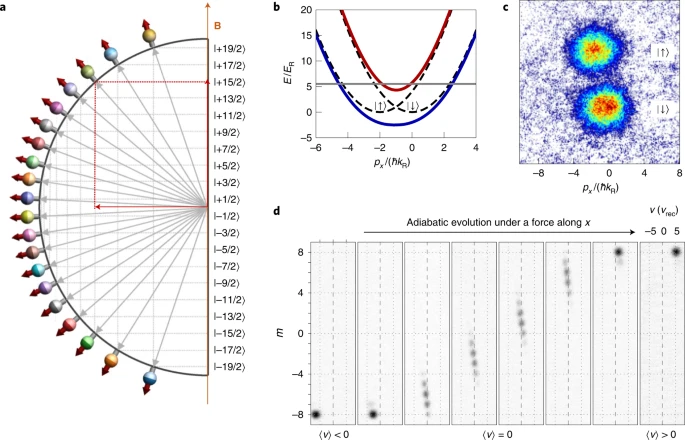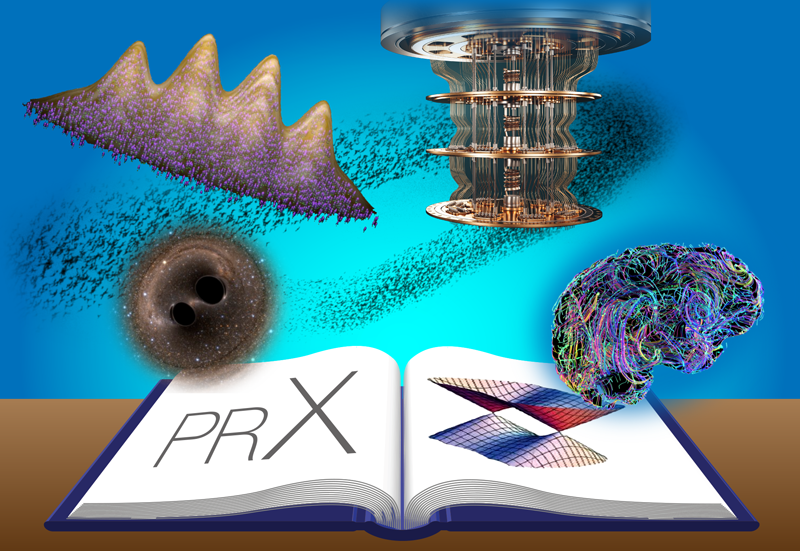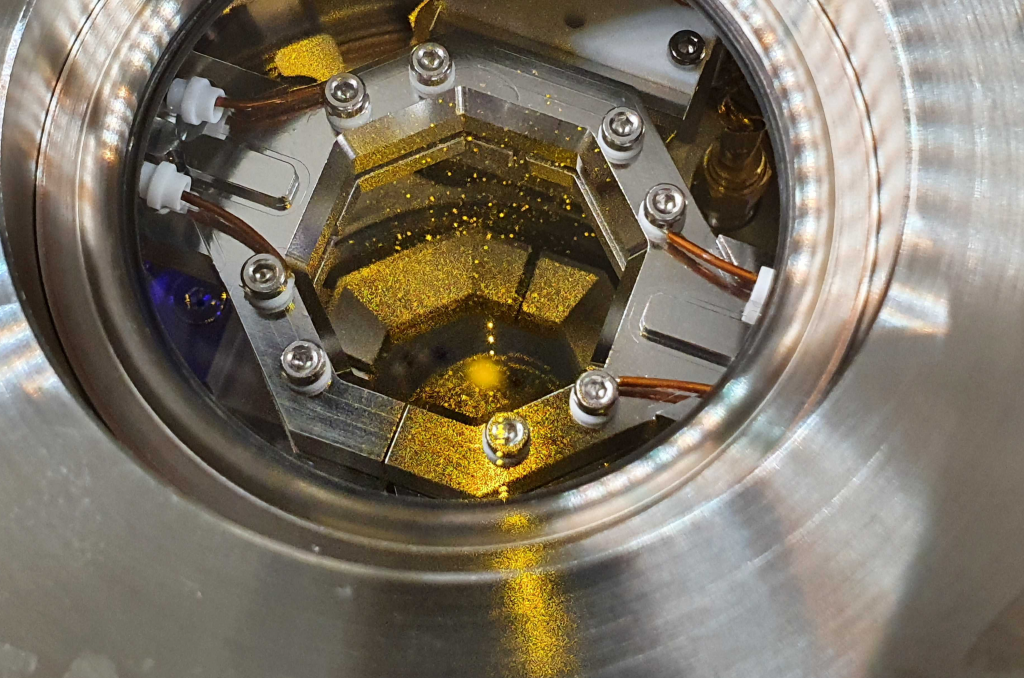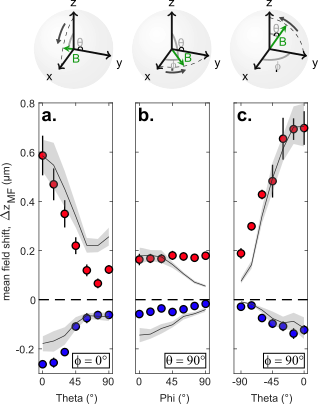Now published in Physical Review A, we theoretically investigate the role of trap geometry plays in determining the dimensionality of dipolar droplet arrays, which range from one-dimensional to zigzag, through to two-dimensional supersolids. Supersolidity is well established in one-dimensional arrays, and may be just as favorable in two-dimensional arrays provided that one appropriately scales the atom number to the trap volume. We develop a tractable variational model—which we benchmark against full numerical simulations—and use it to study droplet crystals and their excitations. We also outline how exotic ring and stripe states may be created with experimentally feasible parameters. Our work paves the way for future studies of two-dimensional dipolar supersolids in realistic settings.
You can see the paper here: E. Poli et al., Phys. Rev. A 104, 063307 (2021) [pdf] [arXiv]
 Thomas Bland
Thomas Bland
Review article now published in Nature Physics!

Our review on the quantum many-body physics in ultracold magnetic lanthanides is now published in Nature Physics!
Take a look here: Developments in atomic control using ultracold magnetic lanthanides
Supersolid observation chosen as favourite Phys. Rev. X paper

The American Physical Society’s high impact journal Physical Review X has chosen its favourite papers for its tenth anniversary. Among those chosen was the first observation of a dipolar supersolid from our group and the simultaneous observation at the University of Stuttgart.
Full article available here: PRX – Ten Years After
Can angular oscillations probe superfluidity in dipolar supersolids?

In a new joint theory-experimental collaboration, we investigate the extent that angular oscillations of a dipolar supersolid can tell us about the superfluidity of the system. Previous investigations of this been confined to linear droplet arrays.
Here, together with Prof. Luis Santos at the University of Hannover, we explore angular oscillations in systems with 2D structure, which in principle have greater sensitivity to superfluidity. Surprisingly, in both experiment and simulation, we find that the frequency of angular oscillations remains nearly unchanged even when the superfluidity of the system is altered dramatically. Indicating that angular oscillation measurements do not always provide a robust experimental probe of superfluidity with typical experimental protocols.
A new erbium MOT in the T-REQS lab!

After several months of preparations and setting up our system, we have produced our first ultracold atomic cloud of erbium atoms in our new T-REQS lab. After initial slowing down in a Zeeman slower with a broad transition, we trap and cool 166Er atoms in a 5 beam magneto-optical trap operating on the narrow linewidth transition at 583nm. We trap up to 120 million atoms and cool them to ~15 microkelvin in a compressed MOT phase. This is a first step on our way to trapping ultracold erbium atoms in optical tweezers.
Inter-species interactions in an Er-Dy condensate

We present a first study of the influence of the dipole-dipole interaction on the total inter-species interaction in our erbium-dysprosium mixture. In collaboration with M. Modugno from the University of the Basque Country, we develop a model for our heteronuclear mixture, which describes qualitatively well our system and allows us to predict a lower and an upper bound for the inter-species scattering length. With this work, we make the first steps toward the study of the experimentally unexplored miscibility-immiscibility phase diagram and the realization of quantum droplets and supersolid states in heteronuclear dipolar mixtures.
This work is now published as the editors’ suggestion in Phys. Rev. A [paper] [arXiv]

